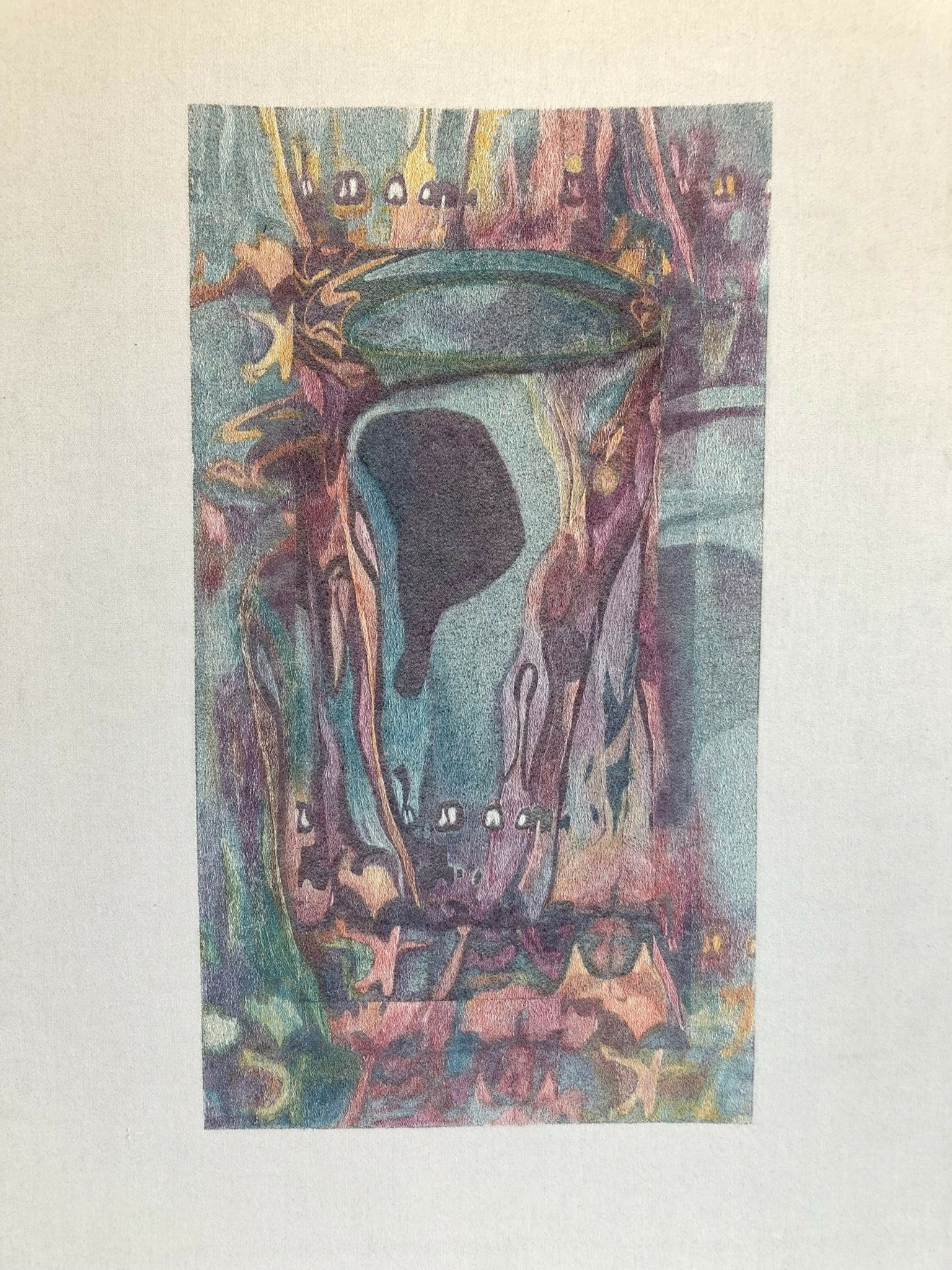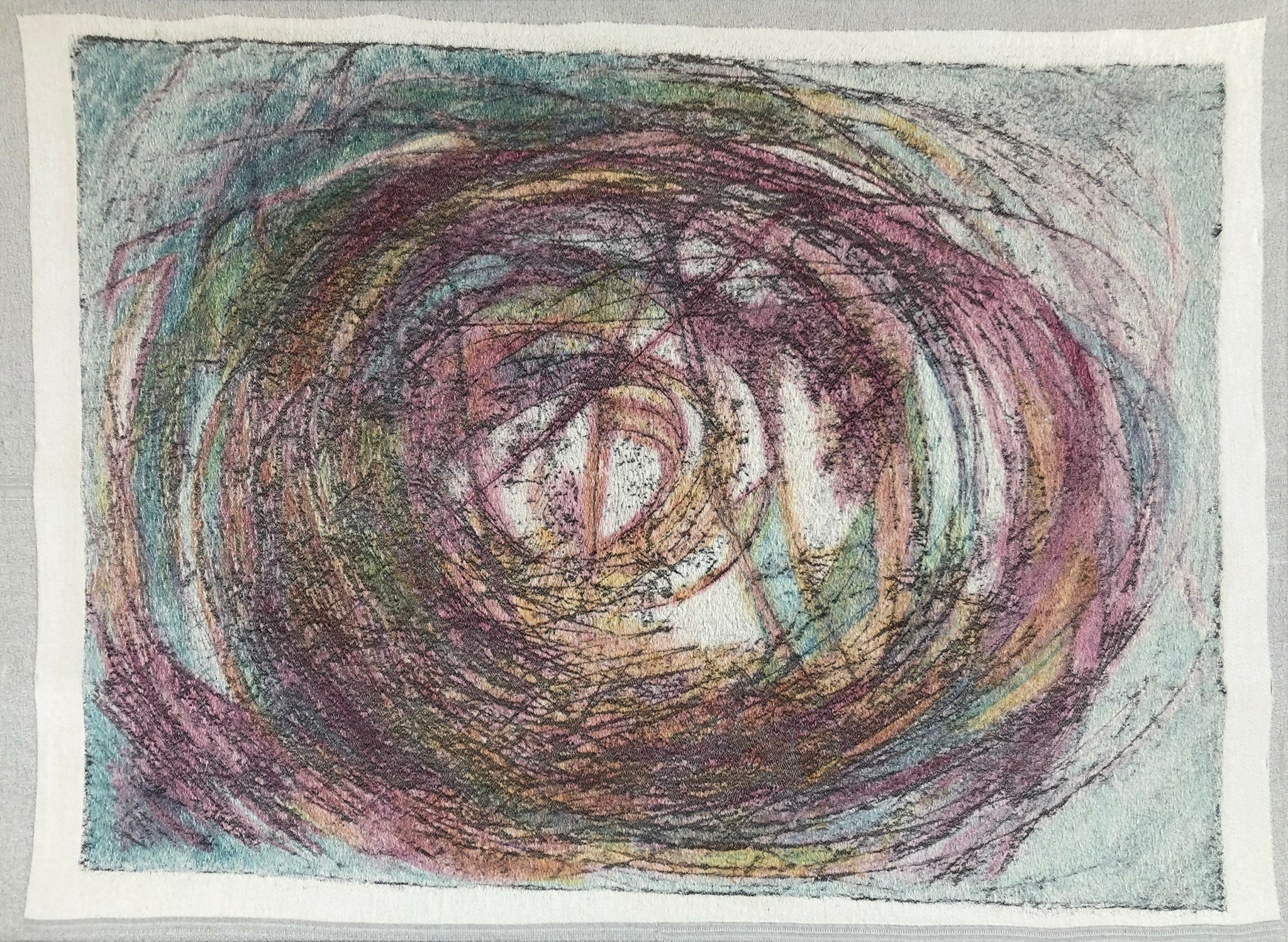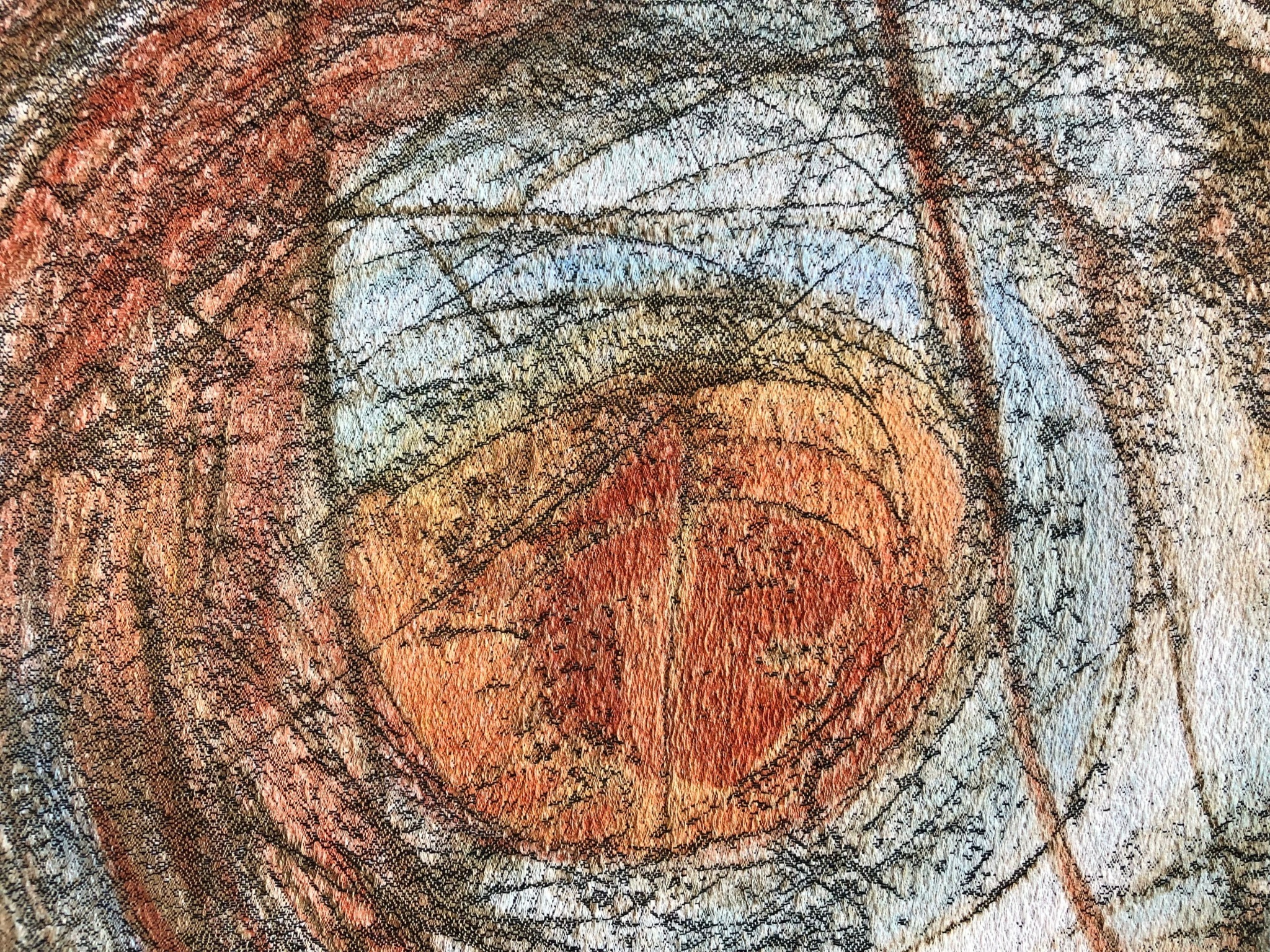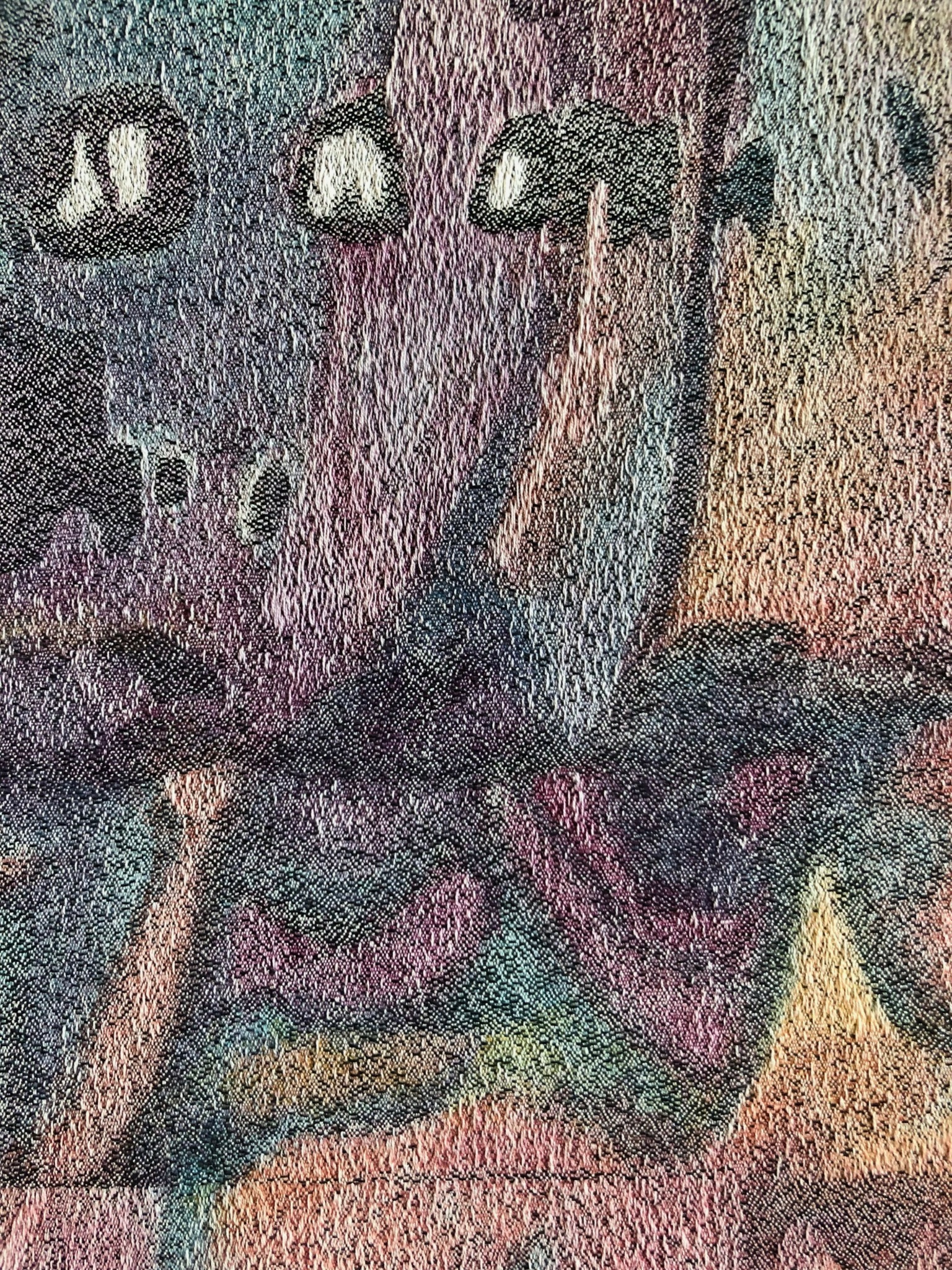Alright – so today we’ve got the honor of introducing you to Bethanne Knudson. We think you’ll enjoy our conversation, we’ve shared it below.
Bethanne, looking forward to hearing all of your stories today. Can you tell us about an important lesson you learned in school and why that lesson is important to you?
When I was an undergraduate at the Kansas City Art Institute, friends would ask why I attended lectures sponsored by other departments when they weren’t required. My answer was simple: why wouldn’t I take advantage of them? I found them invaluable. They exposed me to a wide range of creative thinking. I learned more about being a professional artist from those artists lectures than from any other art school experience.

As always, we appreciate you sharing your insights and we’ve got a few more questions for you, but before we get to all of that can you take a minute to introduce yourself and give our readers some of your back background and context?
I’ve been a maker from my earliest memory of doing something satisfying, but I had no reason to think that I could make a living as an artist. Not because of a lack of confidence but from lack of knowledge of how that would work. My parents insisted I pursue the study of something practical if I wanted their support. I explored broadly—interested in almost everything—but I really just wanted to be a maker, a designer, and an artist. I took time off from college to try to figure that out.
During that break from college, I discovered FiberArts magazine in a bookstore in Atlanta, and in the back pages, I found an ad for the Oregon School of Arts and Crafts. They offered an exciting range of studies in various media and the tuition was within reach. I moved to Portland and enrolled. After my first semester, my drawing and design teachers convinced me that I could not get what I needed at OSAC and that I needed to go to a “real” art school. It was hard to leave a school and city that I loved but I followed their advice, earning a BFA in Fiber from the Kansas City Art Institute and an MFA in Textiles from the University of Kansas.
From there, I taught in several BFA programs before taking a position in the textile industry. I became training and technical support for design software that is used with industrial Jacquard looms.
In 2001, I founded The Jacquard Center, a training retreat for textile designers, professors and students. The Jacquard Center became known for its technical rigor and creative innovation.The work produced through The Jacquard Center was exhibited nationally and internationally, featured in publications, and included in lectures and academic presentations. The Center became known as a place where ambitious textile projects could be realized.
The Jacquard Center closed during the pandemic in 2020, and though I planned to reopen in 2025, those plans were disrupted by Hurricane Helene. I’m currently reevaluating its future.

Any stories or insights that might help us understand how you’ve built such a strong reputation?
Working closely with mills, textile designers and the software programmer to solve complex technical problems. That persistence and collaborative spirit was essential.

For you, what’s the most rewarding aspect of being a creative?
It is satisfying to develop original and unique ways of working with textile structure, materials and content. Every idea leads to a dozen more to explore. The sense of discovery and potential is just as exciting to me now as it was at the beginning of my career.




Image Credits
Suzanne Camarata


